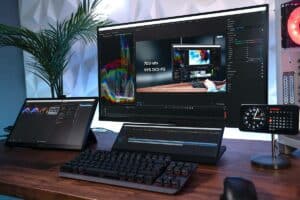RTX 4090 & RTX 4080 GPUs get revision to solve this glaring issue
Gigabyte's PCB design gets a much-needed rework
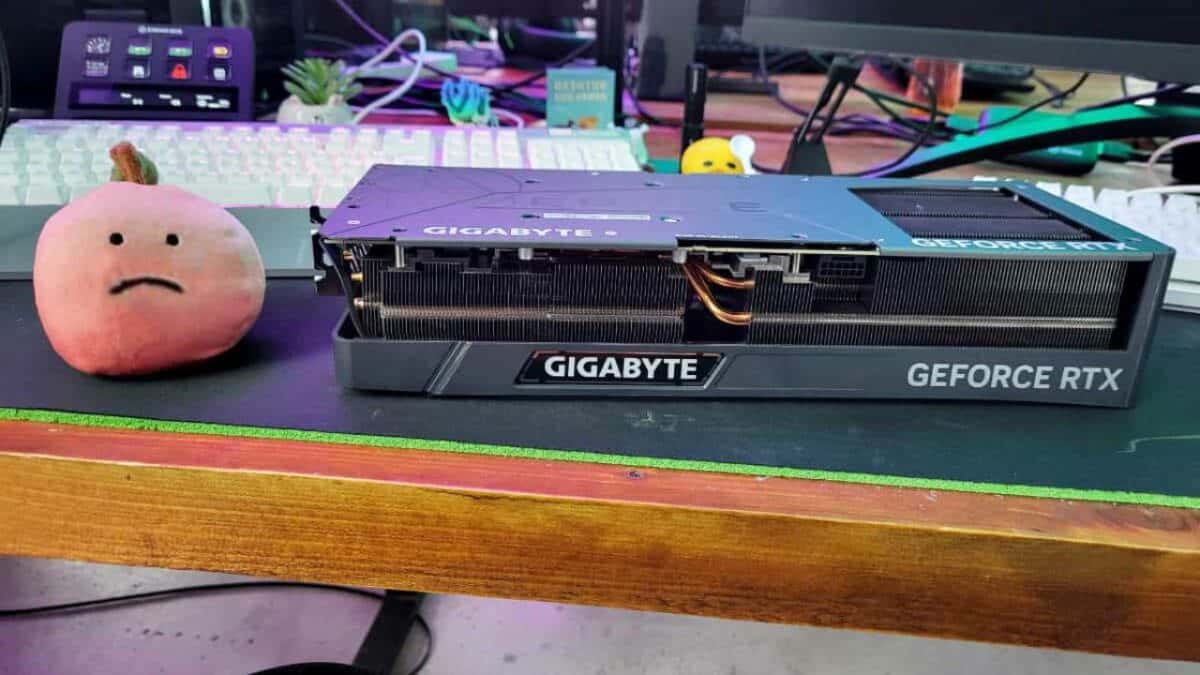
WePC is reader-supported. When you buy through links on our site, we may earn an affiliate commission. Prices subject to change. Learn more
Users have been reporting issues with cracking PCBs on some 30 series and 40 series Gigabyte GPUs, and it looks like the manufacturer is quietly updating their design to address that. This affects new revisions of RTX 4090 and RTX 4080 graphics cards, with the 4080 Super already benefitting from the improved design to prevent cracks.
Despite Gigabyte not publicly acknowledging flaws in the previous design, even declining users’ requests for returns, eagle-eyed users on Reddit have spotted a design change for the v1.1 revision. So while it sadly may be no dice for owners of the v1.0 cards that may run into this issue, it is a welcome change moving forward.
Gigabyte rework PCB design for RTX 4080 and RTX 4090 Gaming GPUs
With both the RTX 4080 and RTX 4090 being large (and importantly, heavy) cards, they require plenty of support. However, a design flaw in Gigabyte’s PCB design for these cards could cause cracking by the PCI-E tail due to poor weight distribution. A revised v1.1 design adds more support to prevent bending or potential cracks as the board extends to cover previously empty space. It seems as if the RTX 4080 Super is already benefitting from this newer board, so there shouldn’t be too many worries there – at least for the RTX 4080 Super Gaming SKU.
GIGABYTE RTX 4080 SUPER Gaming OC
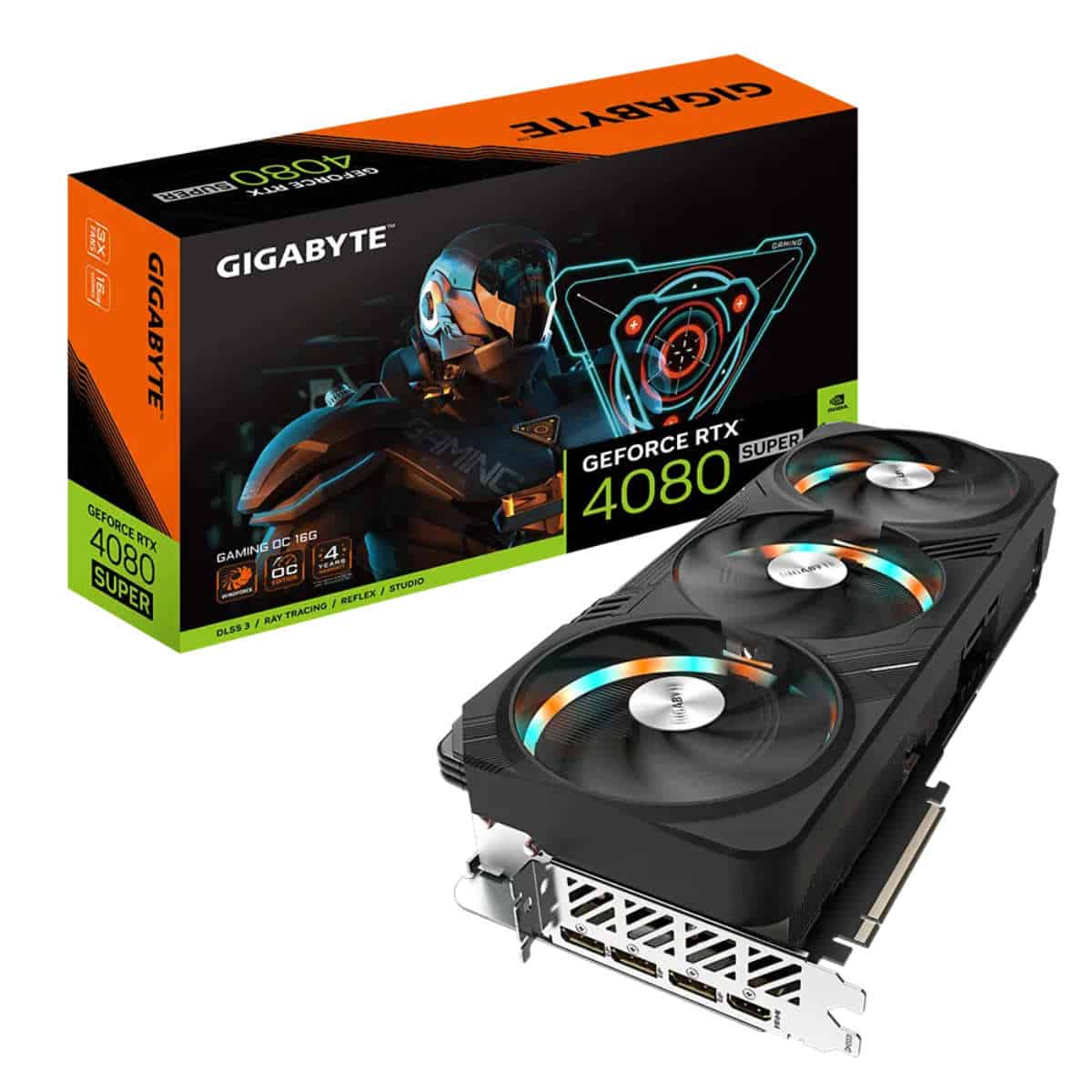
Core clock speed
2.595GHz boost, 2.025GHz base
CUDA count
10,240
Memory
16GB GDDR6X
Dimensions
342 x 150 x 75 mm
PSU required
850W
TBP
320W
Cracking on your PCB can lead to damaged PCIe lanes, affecting data transfer and potentially preventing the GPU from functioning. Getting this sort of thing fixed is possible, but is costly as it requires specialist attention. It unknown whether 1.0 variants will be recalled or cease development, but both v1.0 and v.1.1 RTX 4090s are still in production, but the latest version benefits from a stronger 70a VRM and durability.
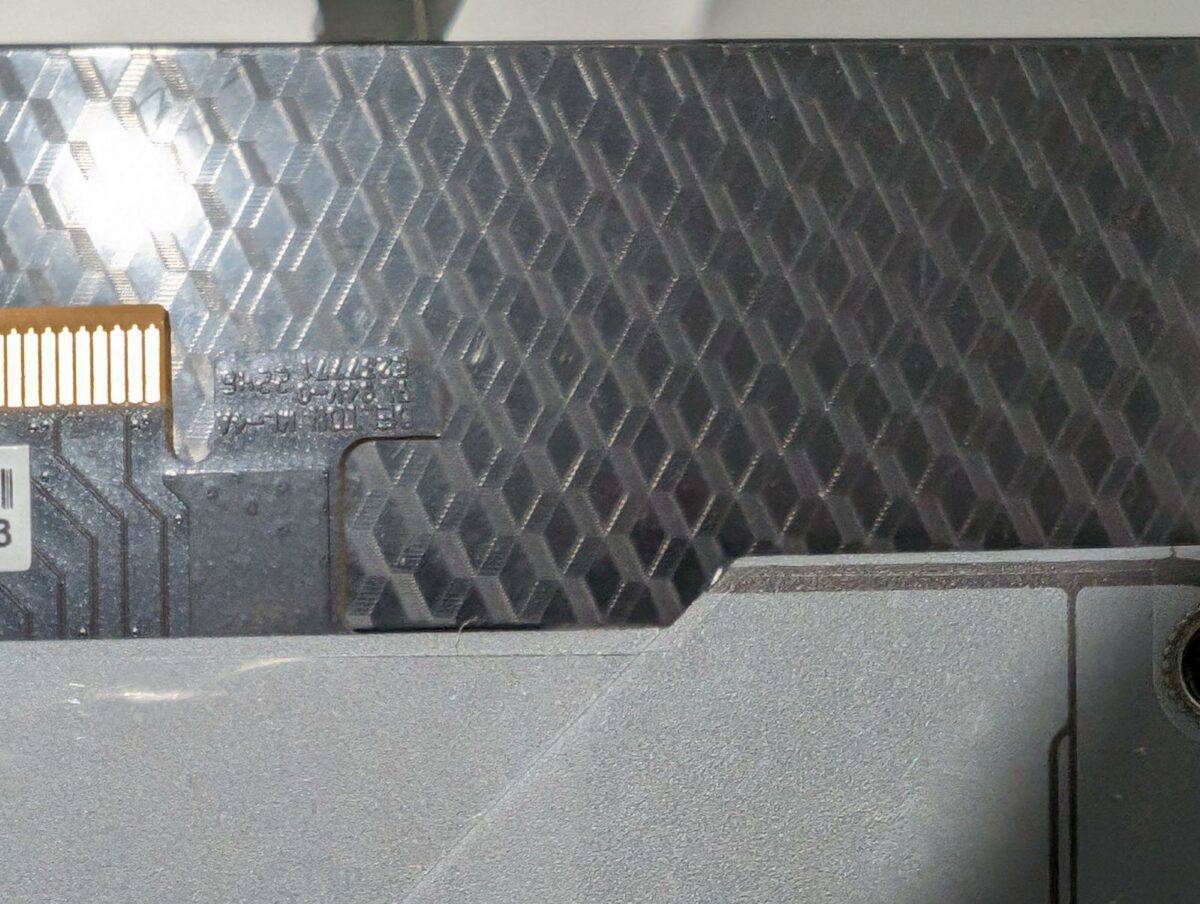
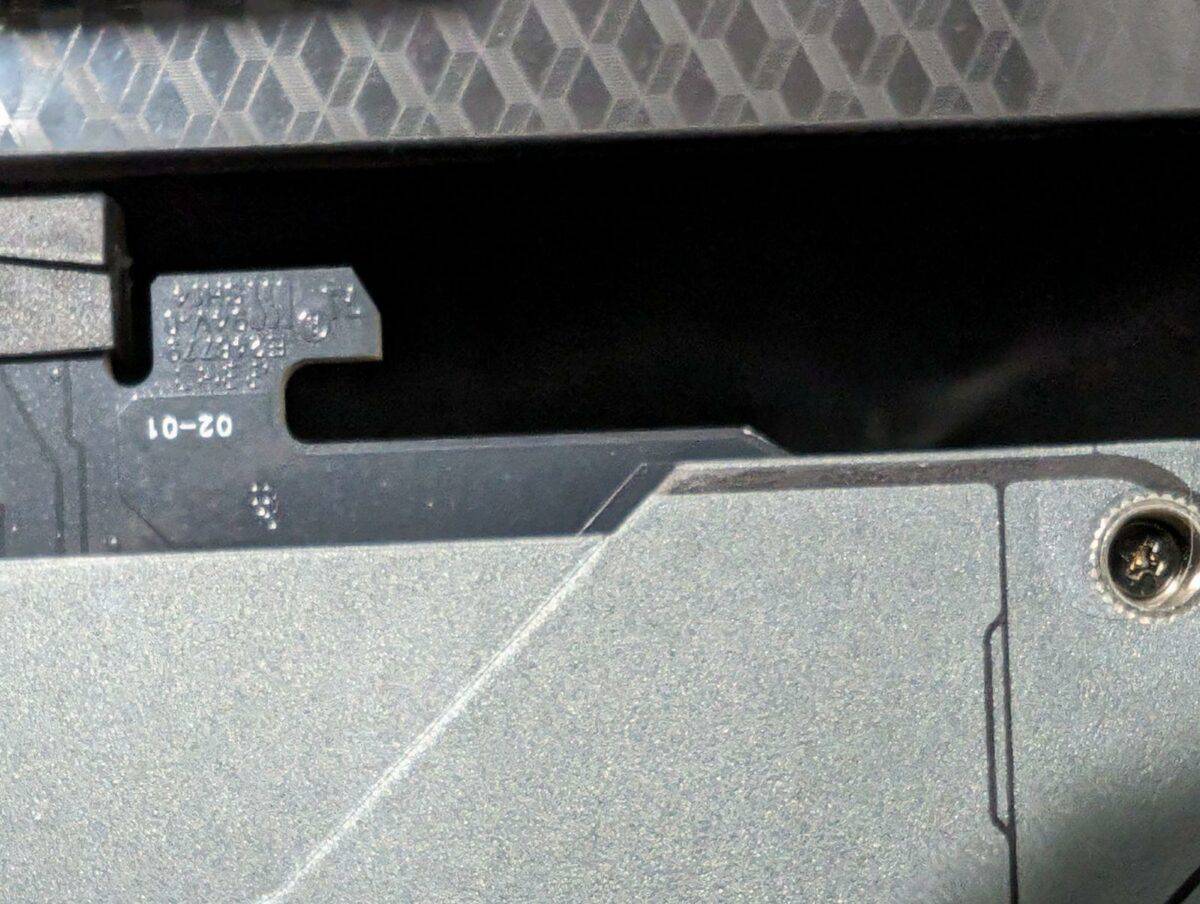
Does my GPU have a PCB cracking issue?
The issue has affected a number of manufacturers, but Gigabyte seem to be the biggest offender based on reports from users. Looking at product images closely is the best way to understand whether the PCB 1.0 cracking issue may be a problem, use the image above for reference – note the large gap for the original version. That has been a problem for their larger Gaming OC and Aero models, the former in particular.
The best way to prevent cracking is by using a support bracket for your GPU. While this isn’t 100% necessary when installing your graphics card, it provides extra backup to ensure it isn’t susceptible to cracking. Using the included bracket for older Gigabyte models is highly recommended.






